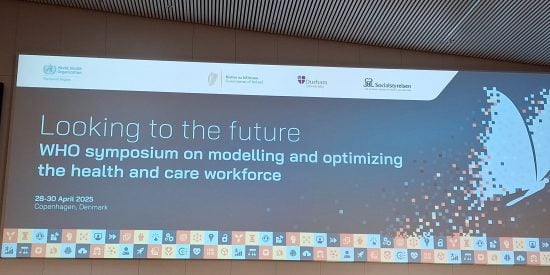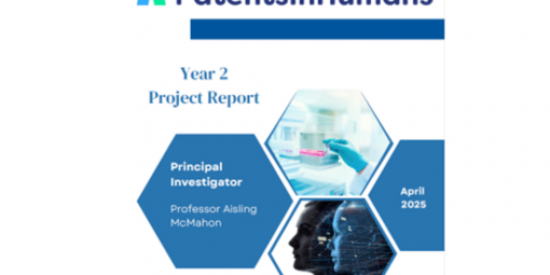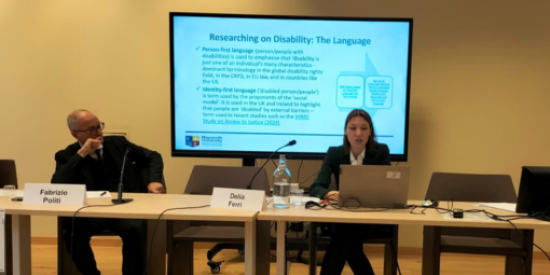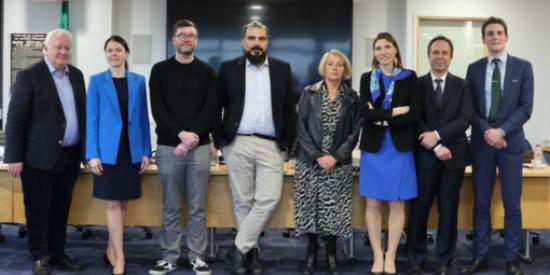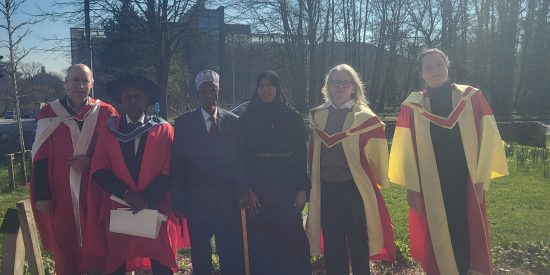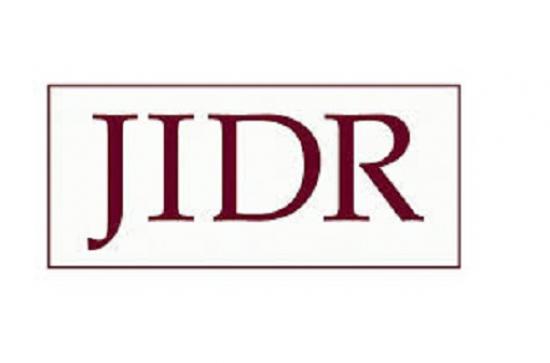
Full Citation
Boot, F. H., Owuor, J., Dinsmore, J., & MacLachlan, M. (2018). Access to assistive technology for people with intellectual disabilities: a systematic review to identify barriers and facilitators. Journal of Intellectual Disability Research, 62(10), 900-921.
Abstract
Background
The World Health Organisation has launched a programme to promote Global Cooperation on Assistive Technology. Its aim is to increase access to high‐quality affordable assistive products (AP) for everybody in need. People with intellectual disabilities (ID) are a specific group that could benefit from AP, but use less AP compared to their non‐intellectual disabled peers.
Method
A systematic literature search was carried out to identify barriers and potential facilitators for access to AP for people with ID globally. The search strategy terms were ‘Intellectual Disability’ and ‘Assistive Technology’ with the following electronic literature databases PubMed, Embase, ASSIA, Web of Science, Medline, CINAHL complete, PsycInfo, Scopus and ERIC. The quality and relevance of the studies were assessed. Factors associated with access were identified thematically, categorised into barriers and facilitators and mapped into themes.
Results
In all, 22 key studies were retrieved, describing 77 barriers and 56 facilitators. The most frequently reported barriers were related to lack of funding and cost of AP, lack of awareness about AP and inadequate assessment. An increase of knowledge and awareness about AP and the need of AP for people with ID were most often extracted as factors that could potentially facilitate access.
Conclusions
This review proposes actions linked to the barriers and facilitators that have a particular importance for people with ID to access AP. Yet, only limited research is available describing factors that influence access to AP for people with ID in low and middle income countries and rural areas.

